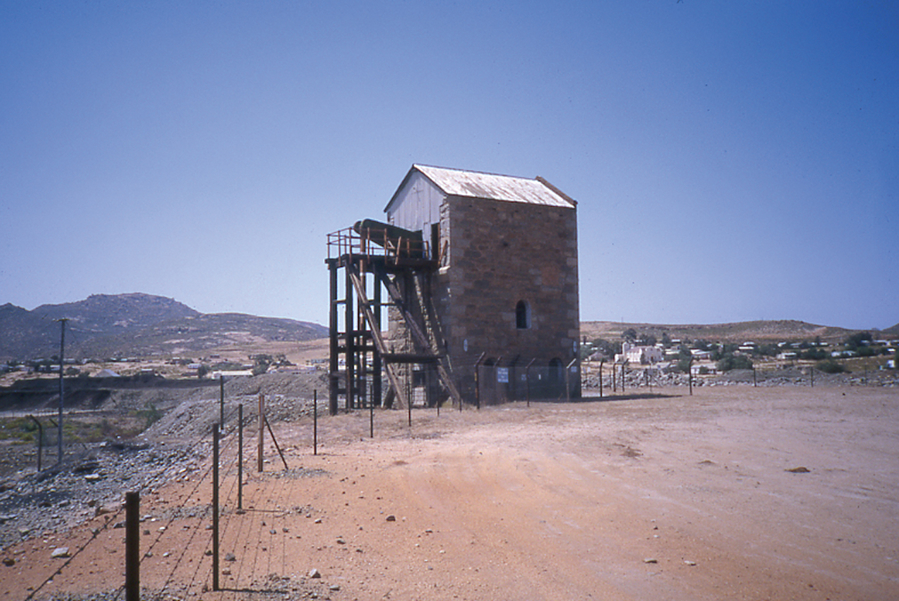Cornish Mining in South Africa
Balweyth Kernewek yn Afrika Soth
During the 1800s, Kimberly in South Africa saw the world’s greatest ever diamond rush. Hard rock mining techniques were required to extract the precious stones and so Cornish migrants flooded in to try and make their fortune.
As Cornwall’s copper and tin industry faded, South Africa’s mining industry prospered. During their time in South Africa, the Cousin Jacks introduced some of their preferred activities, including one pastime that remains quite popular with the locals to this day.
Cornish migration to South Africa
Diamonds discovered by the Orange River in South Africa in the late 1860s prompted a diamond rush in 1870. By 1872, Kimberly was home to diamond quarries worked by 2,500 miners and 10,000 hired labourers.
The Cornish had long since started to export their mining techniques and labour around the globe and many migrated to South Africa to seek their fortune. More came in even greater numbers for the gold rushes in the 1880s, in particular the Witwatersrand gold rush of 1886. This is the world’s largest known deposit of gold and many Cornishmen went to the then South African Republic (also known as the Transvaal) where their hard rock mining experience could be put to good use.
Political impact
Before the Second Boer War an estimated 25% of the white work force was Cornish. The sheer numbers of Cornish immigrants had caused a decline in the population of some Cornish parishes, which were now largely sustained by the miners’ remittances. An estimated sum close to £1 million a year was being sent from the Transvaal alone at the turn of the 19th century. This caused friction with the Kruger government, whose decision to tax the immigrants without legislative representation was one of the many reasons that led to the outbreak of the Second Boer War in 1899. During the Second Boer War many of the Cornish settlers returned home.
Cousin Jack’s legacy
Cornwall’s influence on South Africa is one of the most prominent in the world. The prevalence of Cornish surnames, such as Tregonning, and place names, such as New Redruth in Johannesburg, are examples of the settlers’ legacy. Cornish miners also introduced many of their eating habits to the region, with saffron cakes and Cornish Pasties still popular in some parts.
It was Cornish miners who first introduced rugby union to South Africa. Rugby was to become one of the nation’s favourite sports and South Africa were crowned world champions as recently as 2007.
Johannesburg
Though gold was first discovered near Krugersdorp in the 1850s was not until 1874 that the first commercial mining took place in Johannesburg at Blaauwbank. Gold was mined in a number of localities until 1886 and the historic discovery of the Witwatersrand Main Reef which sparked the Gold Rush. Thousands of mineworkers from Cornwall soon joined immigrants from elsewhere in Europe and North America and before the Second Anglo-Boer War 25 per cent of all white workers on the Rand are said to have been Cornish. The Cornish were instrumental in popularising rugby, introduced Cornish Wrestling and built many Methodist Chapels. Considerable sums in worker’s remittances were also sent back to families in Cornwall contributing greatly to the economies of the Central Mining District - Redruth and Camborne.
O’okiep, Namaqualand
O’okiep is the site of the oldest mining town in South Africa. Following the discovery of significant copper deposits there in 1855 the town experienced a significant increase in population as mineworkers travelled in from elsewhere in Africa and Europe. The controlling Cape Copper Mining Company was largely managed by experienced Cornish, and Cornish work practises were to predominate. Methodism was much to the fore and wrestling, carol singing and brass bands were popular. The most readily appreciable symbol of Cornish mining today is the 50 inch Cornish pumping engine which survives in its original house. Constructed in 1882 by the Harveys Foundry in Hayle, Cornwall, this is the only remaining in situ engine of its type in the southern hemisphere.
